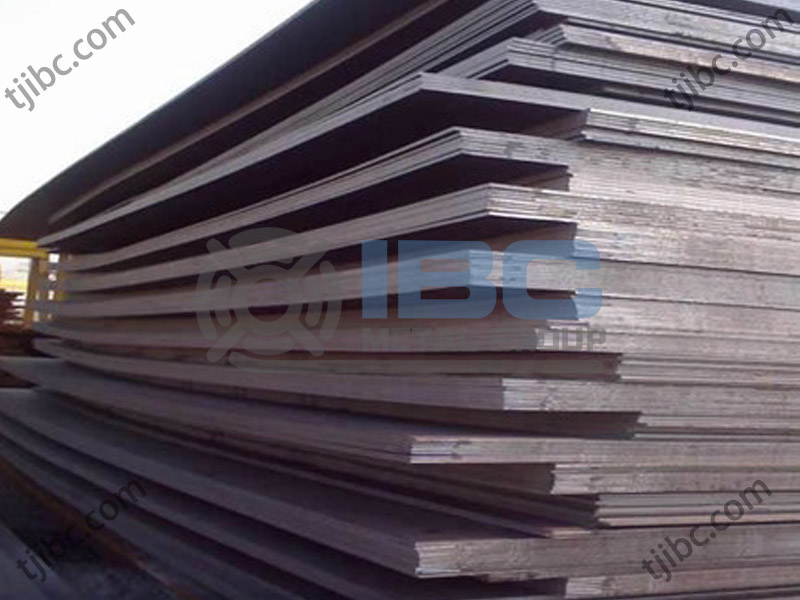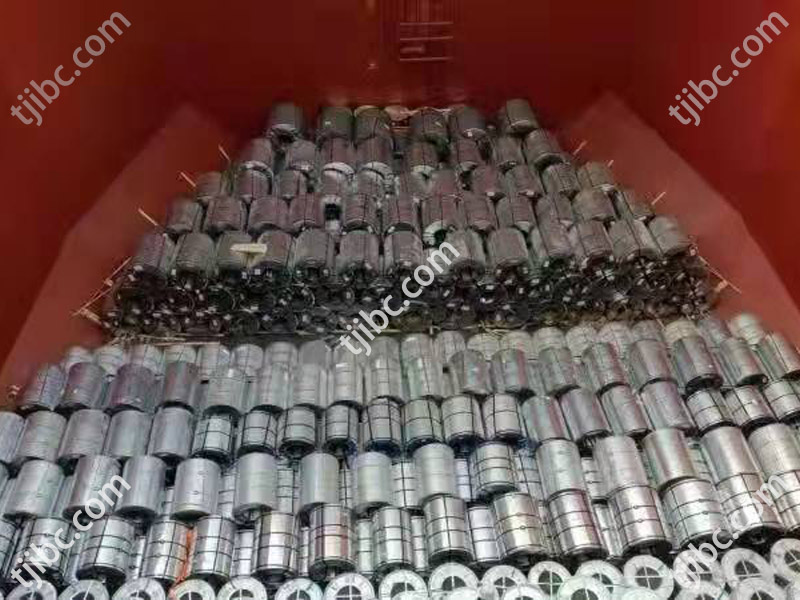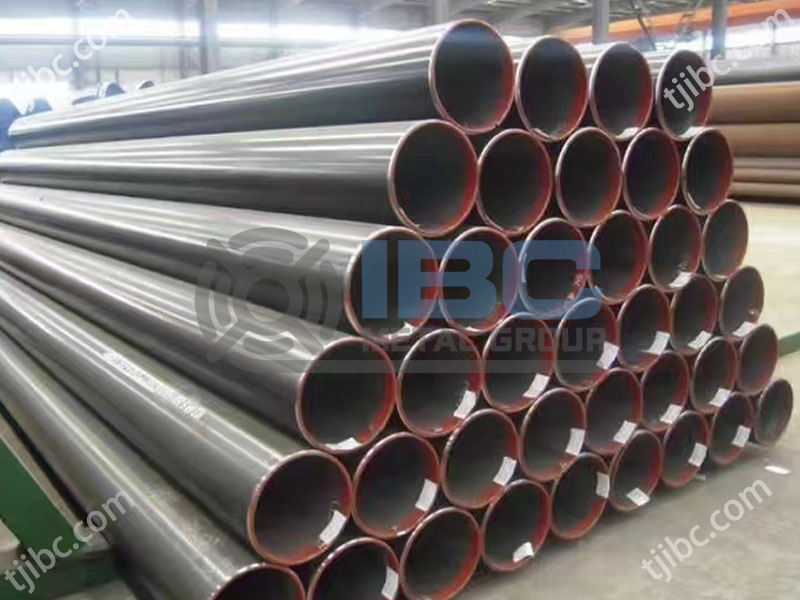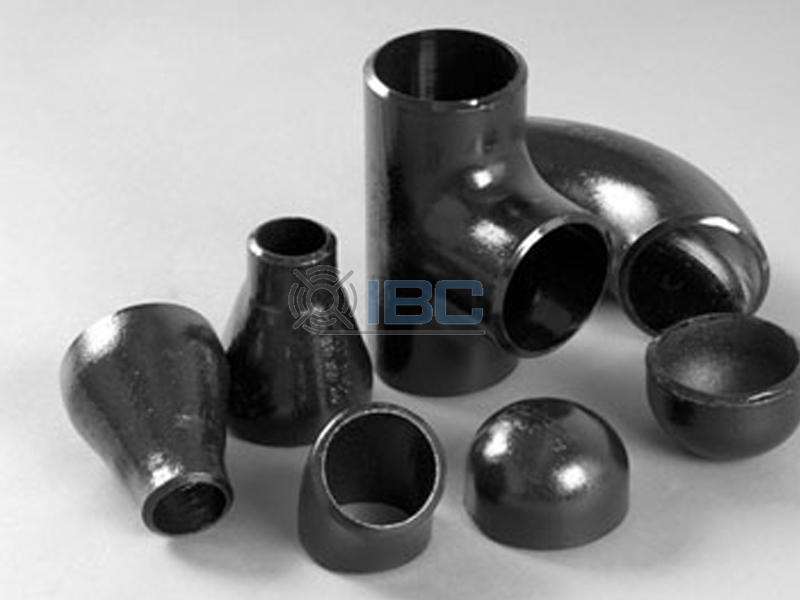Definition and Characteristics of Non-oriented Silicon Steel
Non-oriented silicon steel is a special kind of silicon steel material. It is mainly composed of silicon and iron, where the silicon content has an important effect on the magnetic properties of the material. Unlike the traditional oriented silicon steel, this silicon steel does not have obvious magnetic domain orientation. However, it has the characteristics of low coercivity and low loss. So it is widely used in electrical equipment such as motors, transformers and generators.
1. Excellent magnetic properties: the addition of silicon can effectively inhibit the magnetic properties of iron. This can improve the permeability of the material and reduce hysteresis loss and eddy current loss. Thus reduce the energy loss and heating of the equipment.
2. Good mechanical properties: it has good processing and mechanical properties, easy to stamping and welding. So it can meet the requirements of different shapes and structures.
3. Uniform grain structure: it has uniform grain structure, high magnetic saturation induction intensity and low hysteresis loop. This makes the material exhibit good stability in alternating magnetic fields.
Production Technology of Non-oriented Silicon Steel
Raw material preparation: Select high-purity iron and silicon as raw materials to ensure low impurity content in the material. This guarantees the magnetic and mechanical properties of the product.
Smelting: Workers will heat raw materials in a melting furnace until they are melted. By adjusting the chemical composition and temperature, the molten steel can reach the predetermined composition and temperature requirements.
Continuous casting: Continuous casting machine will cast molten steel into continuous casting billet, providing raw materials for the subsequent rolling process.
Hot rolling: Hot rolling of continuous casting billet after heating to a certain temperature. The multi-pass rolling method will produce hot rolled coils with a certain thickness and width.
Cold rolling: After pickling the hot rolled coil to remove the surface oxide, cold rolling is carried out. This results in a thinner, smoother surface cold-rolled strip.
Annealing: The mill will anneal the steel strip after cold rolling. This eliminates internal stress and improves magnetic and mechanical properties.
Insulation treatment: In order to prevent rolling skin and reduce AC losses, it is usually necessary to perform surface insulation treatment on the Non-oriented silicon steel strip.
Production Operation Essentials
Strict control of chemical composition: In the production process, the factory should strictly control the content of silicon, carbon, sulfur, phosphorus and other elements in the molten steel. This ensures that the magnetic and mechanical properties of the product meet predetermined requirements.
Optimization of rolling process: by adjusting rolling temperature, reduction, rolling speed and other process parameters, optimize the rolling process, improve the product surface quality and dimensional accuracy.
Precise control of the annealing process: The annealing process has an important effect on the magnetic and mechanical properties of non-oriented silicon steel. Therefore, workers need to precisely control the annealing temperature, time and atmosphere. This ensures stable product performance.
Strengthen surface quality control: During cold rolling and annealing, surface quality control must be strengthened. Prevent scratches, pitting and other defects. This can ensure the appearance of the product quality and performance.

Contact with us today!



